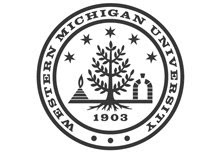A nontraditional civil engineering student who moved to Kalamazoo a year ago won first place in the 2008 Spring AutoCAD Contest, an event that challenges more than 300 students each semester to put the skills they learned in their IME 1420 Engineering Graphics course to work.
Bradley Gerbasich, who transferred to WMU from the University of Toledo, was honored by Slobodan Urdarevik, the lead lecturer for IME 1420, before an audience of students eligible to compete in the 2008 Fall AutoCAD Contest.
“I take great pride in this challenging competition,” Urdarevik said. “The awards from the prior semester are presented just before the next competition to motivate the next group to compete.”
Gerbasich spent 13 years in Toledo managing National Amusements, a large movie complex. After moving to Kalamazoo, he decided to enroll at WMU. Although he has technically earned enough credits to be a senior, he anticipates that completing the requirements for a civil engineering degree will take at least a couple more years.
Currently working as a co-op technician with SME [Soil and Material Engineers] in the Business, Technology, and Research (BTR), Gerbasich is involved in material testing of concrete, asphalt, and soil. His future goals probably involve “something in either geo-technical or structural engineering,” he said.
Gerbasich’s background in drafting includes high school classes and a college AutoCAD class taken about 10 years ago. “A lot has changed since then,” he said.
Kimberly Harms, a sophomore majoring in industrial and entrepreneurial engineering, won second place in the competition. The self-described “100 percent Kalamazoo” native had no prior experience in drafting. “I didn’t have any classes in this,” she said.
Urdarevik described Harms as “the hardest working student” in the Spring class. “She is only the second female to win an award in this competition,” he said.
Harms expressed her appreciation for the Kalamazoo Promise for enabling her to come directly to WMU. She was very busy with classes her first year but is now becoming involved with professional organizations like the Institute of Industrial Engineers and considering an internship next semester.
Harms’ primary career interest is in hospital work. “I’m really interested in work related to hospital efficiency studies,” she said. “I like being involved and don’t see myself as sitting at a desk.”
Justin Hamlin, an electrical engineering major, won third place. The South Haven native transferred to WMU from Lake Michigan College, where he took pre-engineering classes.
Hamlin is a member of Engineers Without Borders and will start a co-op at Palisades Nuclear Plant in January. His previous drafting experience includes one drafting class at South Haven High School.
In a short address to the students, Dr. Paul Engelmann, chair of the Department of Industrial and Manufacturing Engineering (IME), encouraged students to take part in the competition. “Winning an award in this competition will look good on your resume and significantly enhance your ability to be hired,” he said.
All winners received gift cards from Best Buy and engraved plaques donated by Dr. Hooks, Inc., a Kalamazoo-based business that specializes in awards.
For the competition, students create both a two-dimensional AutoCAD drawing and a 3D-solid model of a complicated part. They must show all dimensions and symbols needed for manufacturing.
Urdarevik began offering drawing competitions when he came to WMU in Fall 2004. For more information, contact him at slobodan.urdarevik@wmich.edu

![clip_image002[1]](http://lh6.ggpht.com/_OwVIIbS4V9U/SUgCd7LO3tI/AAAAAAAAA7I/wplspljnMsU/clip_image002%5B1%5D_thumb%5B1%5D.jpg?imgmax=800)
![clip_image006[1]](http://lh6.ggpht.com/_OwVIIbS4V9U/SUgCegmXPUI/AAAAAAAAA7Q/he5fVCmsg9Y/clip_image006%5B1%5D_thumb%5B1%5D.jpg?imgmax=800)
![clip_image008[1]](http://lh4.ggpht.com/_OwVIIbS4V9U/SUgCfeYiFsI/AAAAAAAAA7Y/P-k_TCrQPSM/clip_image008%5B1%5D_thumb%5B1%5D.jpg?imgmax=800)


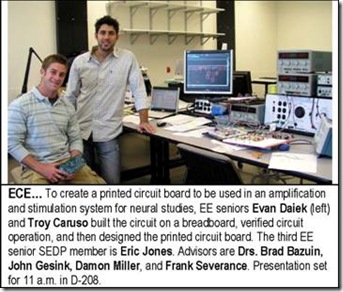
![clip_image002[5]](http://lh6.ggpht.com/_OwVIIbS4V9U/STIUMP7jT3I/AAAAAAAAA64/FfpJbH7-8yg/clip_image002%5B5%5D_thumb%5B1%5D.jpg?imgmax=800)










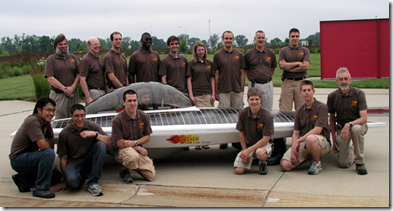

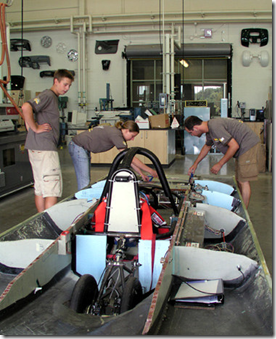



![clip_image002[4]](http://lh4.ggpht.com/WMU.IME/SI4yH8_yMnI/AAAAAAAAAms/rQUhzxGx4iE/clip_image002%5B4%5D_thumb.jpg?imgmax=800)
![clip_image002[6]](http://lh5.ggpht.com/WMU.IME/SI4yIh9Ed7I/AAAAAAAAAm0/NJ3gVIyJLVk/clip_image002%5B6%5D_thumb.jpg?imgmax=800)
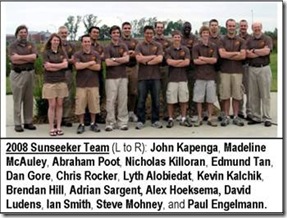
![clip_image002[7]](http://lh6.ggpht.com/WMU.IME/SI4wKr7RtPI/AAAAAAAAAmc/7Da-RxRzy2E/clip_image002%5B7%5D_thumb%5B1%5D.jpg?imgmax=800)






![clip_image002[4]](http://lh5.ggpht.com/WMU.IME/SE2qXYM-BjI/AAAAAAAAAlA/pDdQdO5X5V4/clip_image002%5B4%5D_thumb.jpg?imgmax=800)
![clip_image002[6]](http://lh6.ggpht.com/WMU.IME/SE2qcFggniI/AAAAAAAAAlI/iDUTLITz4RE/clip_image002%5B6%5D_thumb.jpg?imgmax=800)
![clip_image002[9]](http://lh6.ggpht.com/WMU.IME/SE2qfk_KslI/AAAAAAAAAlQ/uLhcxA4WeQI/clip_image002%5B9%5D_thumb.jpg?imgmax=800)
![clip_image002[15]](http://lh3.ggpht.com/WMU.IME/SE2qhEPNEFI/AAAAAAAAAlc/hoXfgTrJ-bY/clip_image002%5B15%5D_thumb.jpg?imgmax=800)

![clip_image002[1]](http://lh5.ggpht.com/WMU.IME/SCyCLofyTAI/AAAAAAAAAjw/W2Wbkf-leV4/clip_image002%5B1%5D_thumb.jpg?imgmax=800)













